Java Framework ListFrameworks are written in a programming language. In Java, we use frameworks for creating applications by using the Java programming language. The reusable code written in Java programming language and act as a template is referred to as Java Framework. We develop apps by filling our custom code in the Java framework. Java framework contains classes and functions which we can use for processing input, interacting with system software, and managing hardware devices. There are several Java frameworks available in the market. Let's understand some mostly used frameworks and understand the similarities and differences between them. These frameworks are as follows:
Spring Framework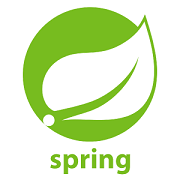
Spring framework is one of the most used Java Frameworks by the developer. It is a very light weighted framework, and due to which it can be easily used for any type of Java project. Spring is a framework of frameworks because of providing support to various frameworks such as EJB, Hibernate, JSF, etc. Spring Framework has several modules such as MVC, IOC, DAO, ORM, etc. In order to learn more about Spring, click here. These are some of the following advantages of Spring Framework:
Hibernate Framework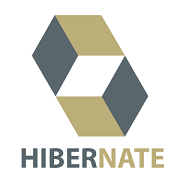
For interacting with the database and simplifying the development of Java applications, Hibernateis one of the most used frameworks of Java. It is an ORM tool that is freely available in the market. ORM stands for Object Relational Mapping. Hibernate is very lightweight that implements the specification of JPA for data persistence. Here, JPA stands for Java Persistence API. To learn more about Hibernate, click here. These are some of the following advantages of Hibernate framework:
JSF(JavaServer Faces) Framework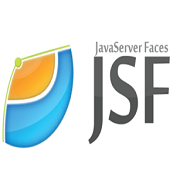
JavaServer Faces is another important Java framework. It is based on the server-side component. It is mainly used for designing Java web applications. It provides several API, tag libraries, and well-defined programming models. We use tag libraries for adding components on the web page and connecting components with the object on the server. To learn more about JSF, click here. These are some of the following advantages of JSF:
GWT(Google Web Toolkit) Framework
GWT(Google Web Toolkit) is another open-source Java framework. By using GWT, we can easily design beautiful user interfaces even if we have a little knowledge of front-end scripting language. The GWT framework converts the Java code into a browser-friendly package. GWT Java-to-JavaScript Compiler, GWT Development Mode, JRE emulation library, and GWT Web UI class library are the components used in the GWT framework. To learn more about GWT, click here. These are some of the following advantages of GWT:
Struts Framework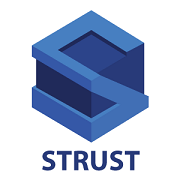
Struts is another important Java framework used for developing web applications. It is an Apache-run enterprise level framework and comes in two versions, i.e., Struts 1 and Struts 2. We mostly use 2nd version of it because it extends the first version. To learn more about Struts, click here. These are some of the following advantages of the Struts framework:
Blade Framework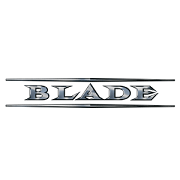
The Blade is another open-source and light-weighted Java framework. It is basically a templating engine that is a part of the broader framework called Laravel. The Blade framework plays a very important role in creating complex web applications in Java. The Blade framework is a very user-friendly framework and provides access to other functionalities of the Laravel framework. These are some of the following features of the Blade framework:
Play Framework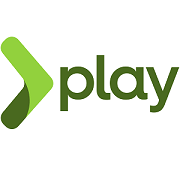
Just like the Blade framework, the Play framework is also an open-source and light-weighted framework. It is used to design or develop complex web-based applications. It has stateless and web-friendly architecture. These are some of the following advantages of using the Play framework:
Vaadin Framework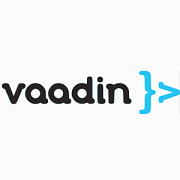
The Vaadinframework is also used to develop web applications. It also provides support of AJAX and JavaScript, so we can work with both of them in this framework. We can use the GWT framework also in it to include the external functionality. In the browser, it renders a large amount of data without the need for any markup files. To learn more about the Vaadin framework, click here. These are some of the following advantages of the Vaadin framework:
Grails Framework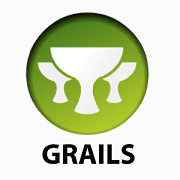
Grail is another Java framework that is mainly used to develop web applications using Java. The Grails framework is also a plugin-based framework that uses its built system and plans to migrate to Gradle. These are the following advantages of Grails framework:
DropWizard Framework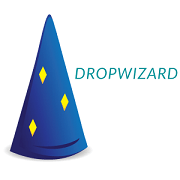
The DropWizard Framework is different from all the frameworks which we mentioned above. It is an open-source Java framework that is mainly used to develop high-performance Rest web services. It gathers libraries such as Junit, Jackson, and Jetty for creating lightweight packages. These are some of the following advantages of the DropWizard framework:
All the above-discussed frameworks are widely used to implement desktop applications, web applications, and Rest web services.
Next TopicJava Initialize array
|
 For Videos Join Our Youtube Channel: Join Now
For Videos Join Our Youtube Channel: Join Now
Feedback
- Send your Feedback to [email protected]
Help Others, Please Share










